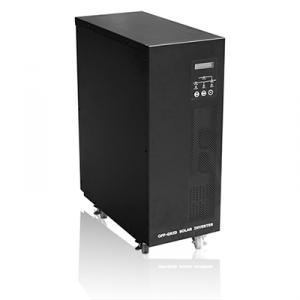Best 3kw Solar Inverter
Best 3kw Solar Inverter Related Searches
Best Paint For Stainless Steel Best Inverter For Solar System Solar Panel Inverter For Home Best Inverter For Solar Panels Best Solar Inverter For Rv Bending Machine For Pvc Profiles Micro Inverter For Solar Panel Best Glue For Aluminum Foil Pvc Foil For Mdf Plastic Wall Coverings For BathroomsHot Searches
Type Of Inverter For Solar Price Of Shipping Containers For Sale Types Of Inverter For Solar Used Sandwich Panel For Sale Bags Of Cement For Sale Pvc Chairs For Sale Tilt Panel Props For Sale Types Of Temporary Side Panels For Cement Deck Cost Of Awnings For Decks Type Of Scaffolding With Pdf Price Of Scrap Stainless Steel Price Of Stainless Steel Scrap Price Of Stainless Steel Type Of Stainless Steel Best Solar Inverter In China Types Of Stainless Steel Grades Types Of Stainless Steel China Aluminum Coil Factory pvc pipe manufacturers in usa Sandwich Panel Price In IndiaBest 3kw Solar Inverter Supplier & Manufacturer from China
Okorder.com is a professional Best 3kw Solar Inverter supplier & manufacturer, offers integrated one-stop services including real-time quoting and online cargo tracking. We are funded by CNBM Group, a Fortune 500 enterprise and the largest Best 3kw Solar Inverter firm in China.Hot Products
FAQ
- The maximum DC input current that a solar inverter can handle depends on the specific model and its design specifications. It can range from a few amps to several hundred amps, depending on the power capacity and intended usage of the inverter. It is important to consult the manufacturer's specifications to determine the exact maximum DC input current for a specific solar inverter.
- A solar inverter handles reverse power flow by automatically detecting the excess power generated by the solar panels and converting it into usable AC power for the electrical grid. It is designed to seamlessly switch between supplying power to the grid and receiving power from it, ensuring efficient utilization of solar energy while maintaining grid stability.
- The role of a solar inverter in a solar-powered telecommunications system is to convert the direct current (DC) electricity generated by the solar panels into alternating current (AC) electricity that can be used to power the telecommunications equipment. It also regulates the voltage and frequency of the electricity to ensure a stable and reliable power supply for the system.
- Yes, a solar inverter can be used in areas with high levels of lightning activity. However, it is important to ensure that the inverter is designed to withstand lightning strikes and has appropriate surge protection measures in place to prevent damage. Additionally, proper grounding and installation by a qualified professional are crucial to mitigate any potential risks associated with lightning strikes.
- No, a solar inverter cannot be used with solar-powered water heaters as they operate on different principles. Solar inverters are designed to convert the direct current (DC) generated by solar panels into alternating current (AC) for use in residential or commercial electrical systems. On the other hand, solar-powered water heaters use sunlight directly to heat water, without the need for converting DC to AC. Therefore, these two systems are not compatible with each other.
- A solar inverter handles grid frequency deviations by continuously monitoring the frequency of the grid and adjusting its output accordingly. If the grid frequency deviates from the set nominal frequency, the inverter uses its internal control algorithm to regulate the power output from the solar panels to match the grid frequency. This ensures that the inverter stays synchronized with the grid and helps maintain stability in the overall power system.
- The efficiency rating of a solar inverter refers to the percentage of solar energy converted into usable electricity. It measures how effectively the inverter converts the direct current (DC) power generated by solar panels into alternating current (AC) power for use in homes and businesses. Higher efficiency ratings indicate that the inverter can convert a greater amount of solar energy, resulting in increased electricity production and cost savings.















































